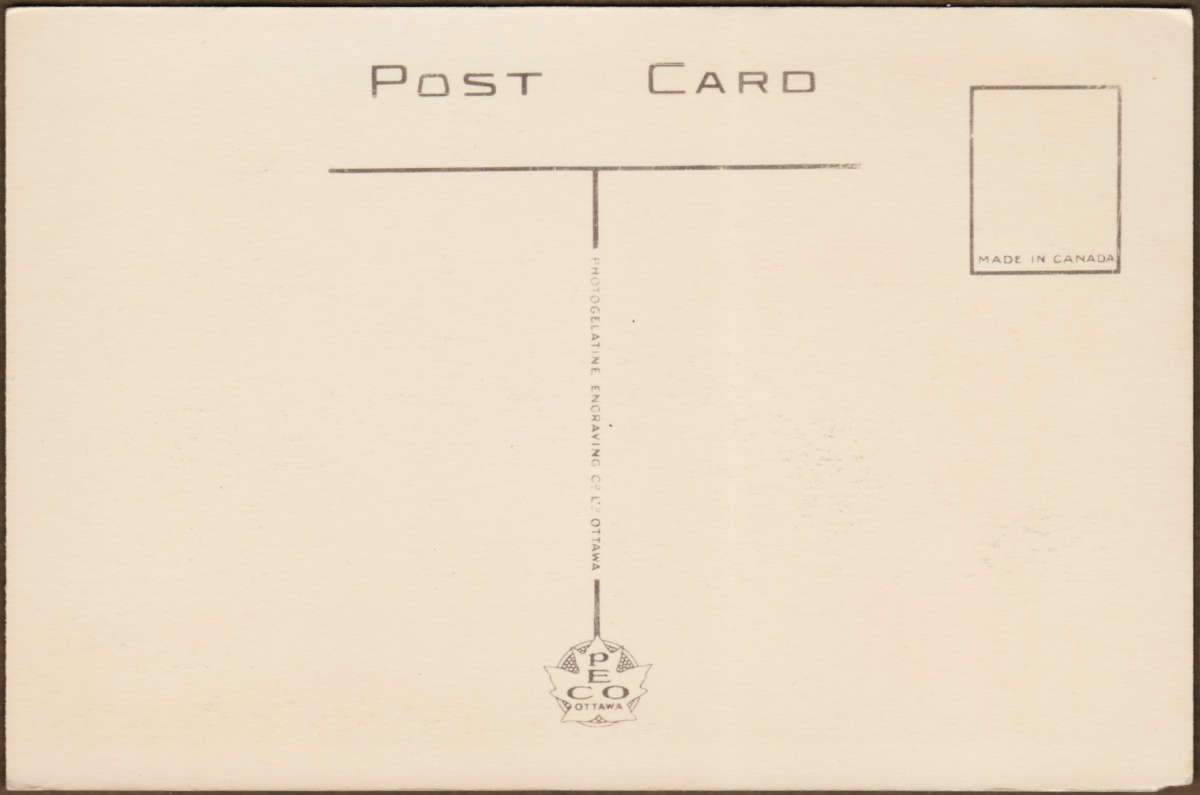Shark like; hump backed & heavy; heavy set and awkward; ugly & angular.
These are 'impressions' - not of co-workers or relatives, but aircraft.
Which aircraft?
Well, which aircraft were used in the war? Um ... Spitfire, Mustang, Me 109, Stuka, B-17, B-29, Lancaster. That's pretty much it, right?
As John Mulaney observed, many of us in the 60-75 age range seem to be cramming for a World War 2 quiz show appearance so we can win $900,000 for our knowledge of Normandy trivia. As 'we' might tell you ... even France and Italy each had more than 7 completely different aircraft types in their respective air forces and some of them were pretty good.
I bought this 96-page, 6 x 9 inch book at one of my favourite used book vendors.
Not shown in this post: I've also got a 145-page 6 x 9 inch book published by the US Army Air Forces for their Ground Observer Corps (1942, 'Restricted', olive drab manila paper cover).
* * *
'Serious aviation' was only about 30 years old when World War 2 began, so it really was 'the new technology' for the young people of that era.
If you must fight in a war ... Some WW1 aviators became fighter pilots because they decided that it was the most attractive way to fight ... and perhaps die.
So young people of the 1930s and 1940s often decided that they would try to be taken on by an air force - rather than risk being drafted into the horrible well-known trench-bound fate of the WW1 infantry.

Looking at it as an artifact, why was this book produced?
First, it seems as if it's been through a war and probably a couple of basements. It suffers from the general wartime shortages of skilled printing personnel, quality paper and inks.
In the Foreward (shown below), the book is said to include the 'First Series' of aircraft which are required study for the Initial Training Schools - except for aircraft on the 'secret list'. There was a book covering the 'Second Series' of aircraft - from the same publisher - for the more advanced flying, bombing, gunnery, and observer schools. Neither of these Canadian books is an official publication.
... so who was the book's intended 'non-official' audience?
1) Young, motivated, prospective applicants to the air force might have used this book to pre-study, hoping it would give them an advantage. However, only the youngest, most physically ideal applicants would find their way into a fighter aircraft cockpit. By 1944, the planners were probably looking at which aviation positions and aircraft to cut when peace came to Europe.
2) Older Canadians, aspiring to be Marshals of the Royal Air Force (from their armchairs) might be quite interested in becoming experts on modern military aircraft.
3) And if one was being shipped overseas with any branch of the armed services, perhaps a general overview of what might be aiming bullets and bombs at you would be a handy/fun thing to have.
In contrast to the contents of this book ... the US Ground Observer Corps book only has ONE high-quality full-page 'front-3/4-view' photograph of each aircraft. But it has FOUR different silhouettes for each aircraft and absolutely no technical data on them. It spends a great deal of time on how to observe and describe all the different features of aircraft - to make the user a perceptive and observant 'bird watcher'.
... Because ... in the extremely unlikely event that you spot a Geschwader of Stukas flying over Chicago ... the fact that they have "single inline liquid cooled 1150hp 12-cylinder Junkers 'Jumo' 211D engines" is not something the Plotter at the Army Filter Center will want to know when you ring them up.
After Pearl Harbor, the US was probably pretty determined to ensure it knew exactly which aircraft were approaching its shores ... so carefully devised reference books and procedures were developed.
Realistically, this was probably a mass-market book for those interested in the warplanes in general. Many of the newer aircraft circa 1944 (e.g. Fw 190) are not included. Furthermore, there are absolutely no examples of any 4-engined aircraft in this book at all. It is almost a keepsake souvenir of the twin-engined bombers of the first years of the war - like the Whitley.
Below, the pages of aircraft examples are presented in order by page number.
... Sometimes, just learning the nomenclature used in a field of knowledge is half the fun.































